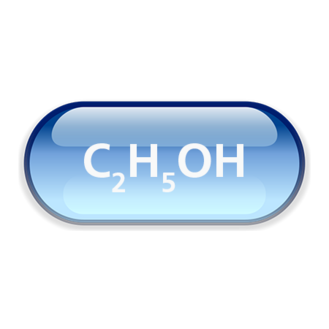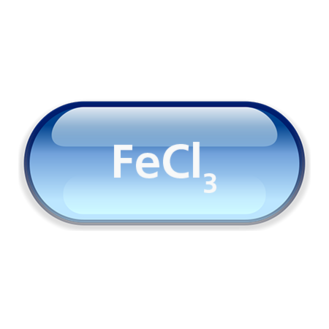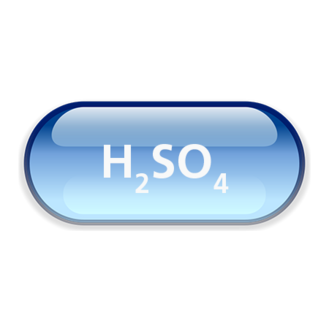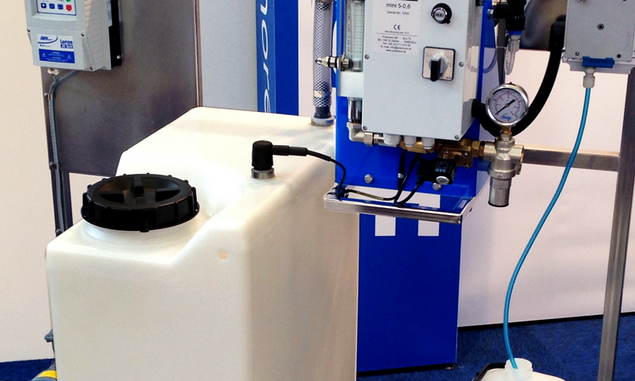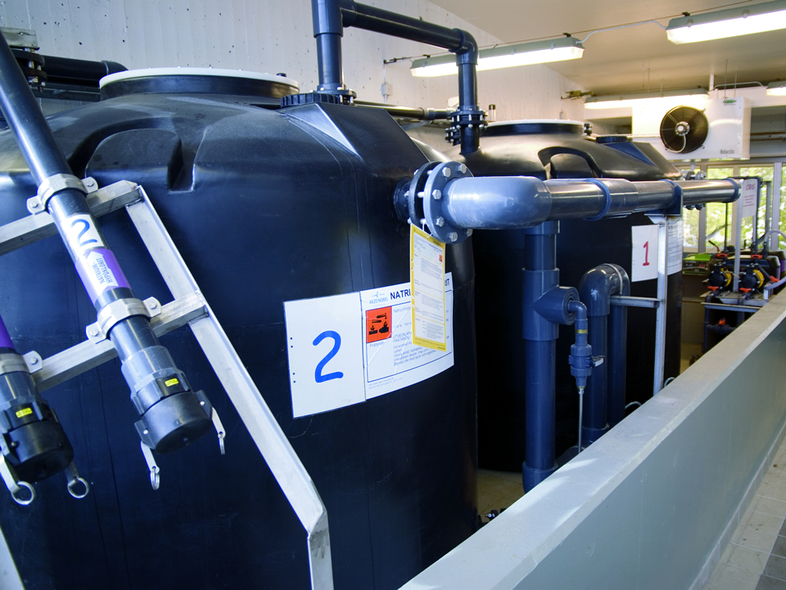
Chemical resistance of containers and tanks
CPX containers and tanks are manufactured in high-quality, recyclable polyethylene, which is known for its excellent chemical resistance and should not be compared with single-use plastic products.
The containers and tanks are inert when in contact with many of the most common chemicals, which means that they do not react with the chemicals in any way. The chemical resistance keeps the storage properties intact without anything dissolving in the substance being stored. This has made our tanks and containers popular in the following industries: Sewerage, plumbing, heating, processing industry, pharmaceutical industry, food production, and chemical industry.
Corrosion and chemical resistance
Iron and standard steel have corrosion problems when in contact with liquids, which can be exacerbated by chemicals such as acids. What a lot of people don’t realise is that not only stainless steel can solve the problem, our polyethylene plastic tanks are also rust-free and the chemical resistance solves corrosion problems efficiently.
The chemical resistance of materials is often decided by the principle ‘like dissolves like’. This means that substances with similarities in structure have an increased risk of them affecting each other. Substances of similar structure or which are particularly aggressive can have a negative impact on our tanks and containers. For this reason, you should be sure to do a proper analysis using our specified chemical resistance. Other factors that can have an impact on function are: temperature, flows, exposure to UV light, pollution and pressure (durability requires a de-pressurised system).
Exposure time of chemical resistance
We specify the chemical resistance for prolonged contact with the chemical. Short-term contact, such as when cleaning or disinfecting the container or tank, has little to no impact.
The influence of temperatures on chemical resistance
Temperatures have a major impact on chemical resistance. We’ve rated chemical resistance at 20°C and 60°C. You can usually expect significantly more impact at increasing temperatures than at lower temperatures.
Feel free to contact us if you don’t see the chemical resistance for your application and we will help you to produce documentation.
Chemical resistance and some handy tips for some common chemicals within water management and manufacturing are available via the links below.





